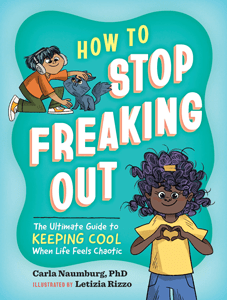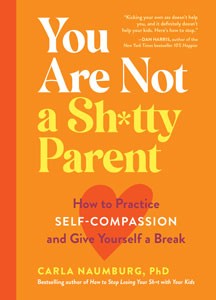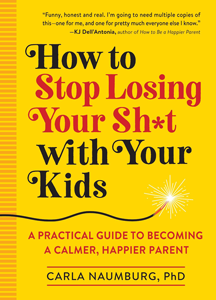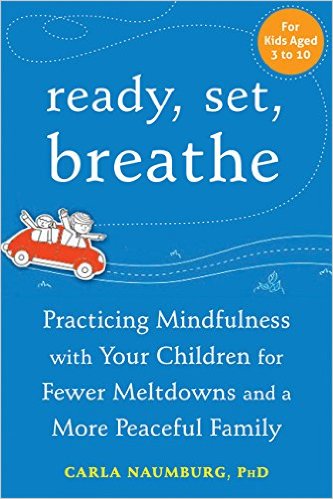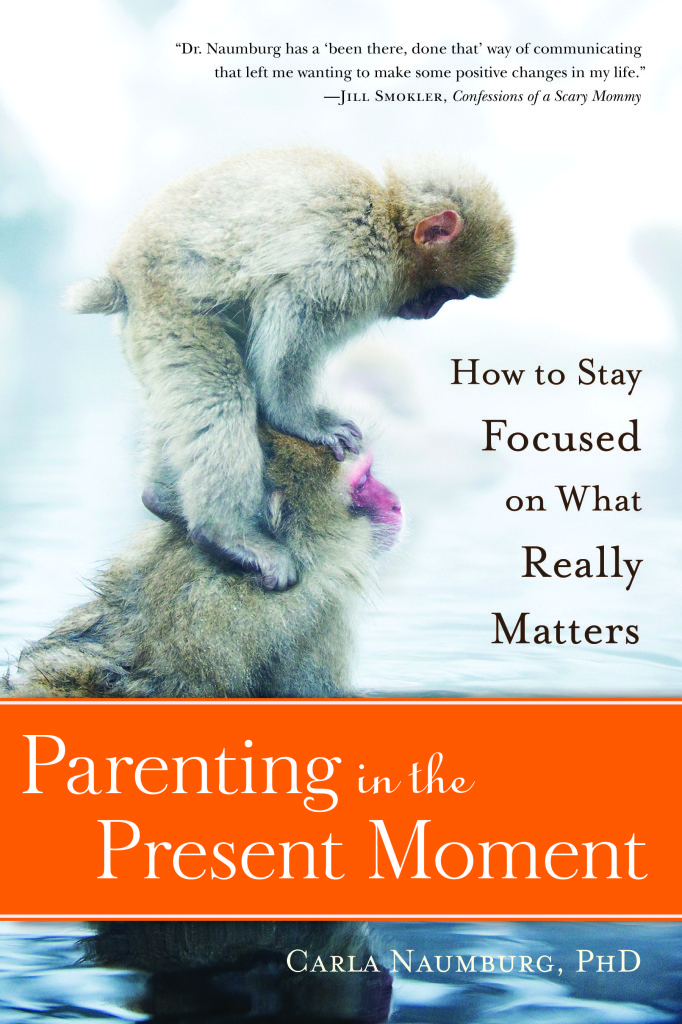Mindfulness is a major buzzword these days, representing a state of living in the moment that many of us aspire to even as we berate ourselves for spacing out, forgetting something, or wasting time on our phones. We tend to think of mindfulness as a difficult pursuit requiring time, commitment, and maybe even new clothing or a special cushion. But none of that is necessary. Mindfulness is possible for all of us, even if we can’t take two weeks off for a silent retreat.
The first step is to understand what’s meant by mindfulness: It’s about choosing to pay attention to the present moment in a curious and nonjudgmental way. Mindfulness calls on us to notice when our thoughts have drifted to the past or wandered into the future, and when we are regretting, fantasizing, or worrying rather than engaging with what is right in front of us. Each time we are able to step away from the pinball game in our mind and focus on the present, we give ourselves the best possible chance to make the best possible choice, whatever that may be.
And the best thing? When we (inevitably) forget to pay attention, it doesn’t mean we’ve failed. There is no way to fail at mindfulness, which is one of its many gifts. What it does mean is that we have another chance to step back into the present moment, but only if we notice that our mind has wandered in the first place.
The most effective way to get better at noticing when you’ve left the present moment is to practice mindfulness in small ways as often as you can.
You can read six simple steps to help you get started over at Seleni.org.

